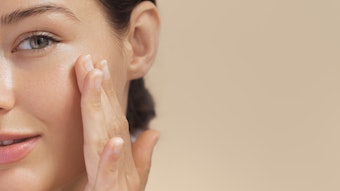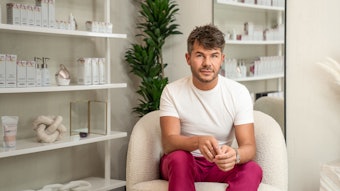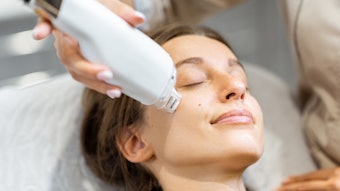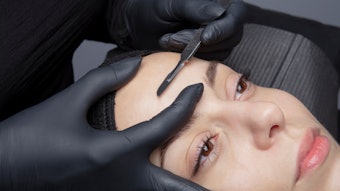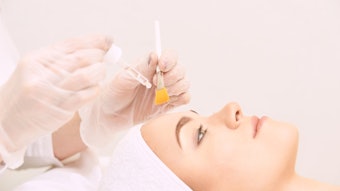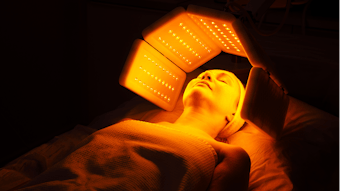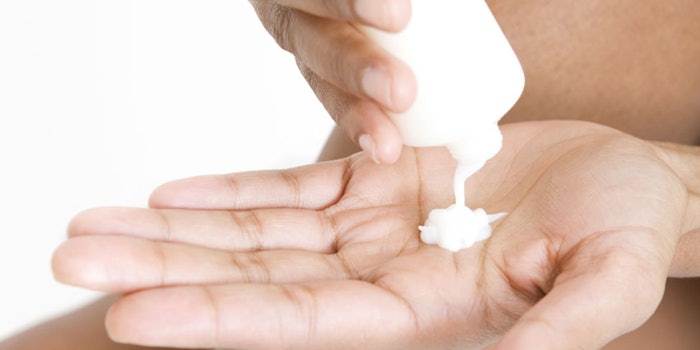
Seborrheic keratosis is a common noncancerous skin growth that appears in adults, and the cryosurgery used to treat it comes with unwanted side effects such as blistering and scarring, particularly on darker skin types.
A group of researchers at the George Washington University (GW) School of Medicine and Health Sciences conducted experiments to better understand cryosurgery and its side effects, as well as investigate treatment of seborrheic keratosis with a 40% hydrogen peroxide solution approved by the U.S. Food and Drug Administration (A-101). This group compared the toxicological impact of cryosurgery with A-101, and the findings were published in the Journal of the American Academy of Dermatology.
To compare the two treatments, the group evaluated skin architecture, metabolic activity and cytotoxicity, with emphasis on melanocytes. “A-101 was found to be less cytotoxic, or toxic to living cells, and less damaging to melanocytes, the cells in the skin that make pigment, than cryosurgery," explained Adam Friedman, MD, associate professor of dermatology at the GW School of Medicine and Health Sciences and senior author of the study.



